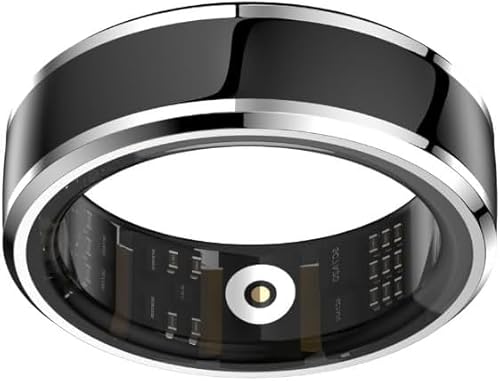It's always a difficult decision to decision to make the choice between a tissue and mechanical valve. Sometimes, when considering a mechanical valve that choice can be even more difficult, depending on the flexibility of the surgeon. I had my surgery recently,for an AVR re-do +/- aortic root replacement. I had talked to the surgeon about the ON-X, but he had never used one before, so given the extra difficulty of my op, I swayed with the St. Judes conduit if it was avr + root replacement and ATS if not. (his valve choice).
All of us have our opinions, and all of the companies have very strong but different marketing strengths, so sometimes it is difficult to get through all the dust to understand what is real and what is not.
The only real piece of independant research that I have come across is a little dated (2003) but is a comparative study looking at the performance of the On-X in the aortic and mitral positions.
There were 400 patients involved in the study.
In terms of the aortic valve, it says:
" In summary, there are clinically no relevant differences among the most commonly used bileaflet aortic valves."It does also say however (just before):"
Furthermore, lack thrombosed valve in the aortic position deserves attention for On-X valves. The lack of tissue overgrowth and hemolytic anemia in this series were also gratifying. Unique leaflet guards and the length of the valve orifice may provide a barrier to pannus overgrowth."
The whole issue of the anti-coagulation study with the On-X is one everyone continues to watch very closely. One may ask themselves: "Is 'aspirin only' a distinct possibility with this valve, or perhaps it will turn out to have been, directly or indirectly, a very clever piece of marketing that made the product enticingly more attractive to the patient, than those sold by it's competitors."
That is not to say that even if the outcome is such, that the ON-X will not still be as good, or probably even have an edge on it's competitiors in terms of overall performance.
During this particular study there were 3 late thrombotic episodes at 9, 19, and 24 months, with the INR levels below 1.4 in all those 3 patients.
The patients were 2 MVR and one DVR. That made me wonder about the whole prospect of no anti-coagulation / Aspirin only. (Aspirin & Plavix together, I understand, pose an increased risk of bleeding as well).
The way my surgeon put it was: "If there was one superior valve, then we would all be using it. The fact of the matter is, there is very little difference between all of the mechanical valves."
That said, if the outcome of the anti-coagualtion study proves successful, then ON-X could be the one for all.
Incidently,for the ATS and St.Judes, our recommended INR is 2-2.5. I assume that's a European guidline for AVR's. I think the Mitral is maybe 2.5 - 3.0/3.5.
http://icvts.ctsnetjournals.org/cgi/content/abstract/icvts.2005.114843v1 All Big improvements over the basketball and hoop of years ago.
All Big improvements over the basketball and hoop of years ago.




















